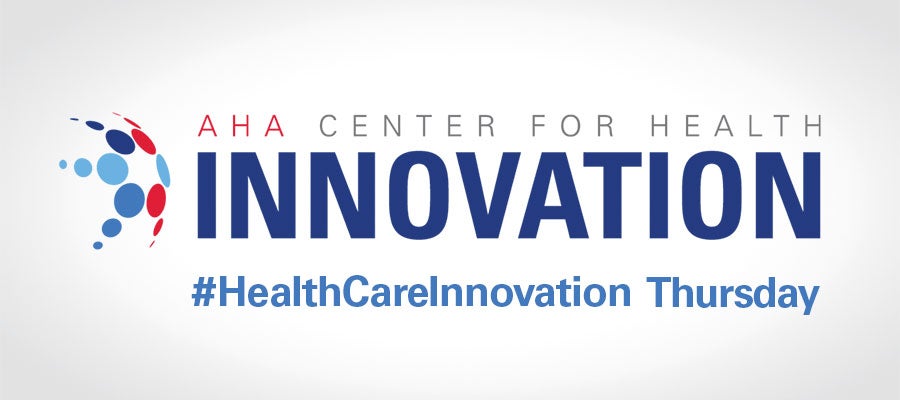Achieving Organizational Resilience and Viability Amid COVID-19


I remember where I was in March 2020, the moment our system had its first Incident Command System call. My family was watching a play in Indianapolis — about an hour north of our home in Bloomington, Ind., — and the alert went off. We had our first case of a COVID-19-positive patient. In that moment, I wondered if my family and I should stay for the remainder of the play or head home, aware of the uncertainty of what lay ahead and what risk all health care professionals take to provide patient care.
Indiana University Health, formerly known as Clarian Health, has been in existence since 1997. What started as a network of three hospitals in downtown Indianapolis has expanded to a 16-hospital system that spans the entire state. Like many hospital systems, it has taken time to create alignment and a “systemness” in how we operate. In the midst of the tragedy that is the COVID-19 pandemic, one silver lining is how it has brought us together as an organization to help us innovate and realize our vision to make Indiana one of the healthiest states in the nation.
Addressing Supply Chain Challenges, Helping Smaller Hospitals
In the pandemic’s first wave, our health system’s concern, like many other health care organizations, was having an adequate supply chain to provide personal protective equipment. The lean principles we had adopted over the years no longer applied, as a just-in-time inventory became an issue with increased demand for PPE and a tenuous supply chain outside our walls. In our daily incident command calls, our system supply warehouse in Indianapolis discussed the different ways it was exploring getting additional supplies. As our preferred vendor had issues, they developed a plan B, C and so on.
With the help of the AHA Living Learning Network (LLN), Indiana University Health has been able to connect with other health care professionals and COVID-19 resources to address challenges and support our peers.
Given our size as an organization, the volume with which we bought supplies not only made us an attractive buyer to vendors but still afforded us reasonable prices. As we talked to smaller, independent hospitals around the state, they did not have that same advantage. Their inventory ran dangerously low. In order to support them, we shared PPE with both independent hospitals and local nursing homes until they had reestablished reliable supply chains.
Meanwhile, we made sure every facility had what they needed daily. If there was a spike in one region, we shuffled supplies and people to that area until the surge was over. When ventilators were an initial concern, we closely monitored the numbers we had, moving them across the state as the need dictated.
Throughout years of careful financial planning, we have benefited from having a healthy cash reserve. When everything shut down during the first wave, that financial cushion allowed us to keep paying every team member their full salary while losing tens of millions of dollars every week. Meanwhile, smaller hospitals had to lay off and furlough staff when non-emergent surgeries stopped and eliminated their primary source of positive margins.
Connecting with Health Care Peers Through the LLN
It is indeed true that all health care is local, and independent hospitals that have served our underserved and rural regions for decades are consistently a source of pride in their local communities. However, the COVID-19 pandemic has exacerbated the many challenges they face to continue to fulfill their mission.
With the help of the AHA Living Learning Network (LLN), Indiana University Health has been able to connect with other health care professionals and COVID-19 resources to address these challenges and support our peers.
How has your organization adapted through the pandemic? What was your silver lining in 2020? The AHA LLN is exploring these questions and more, and I encourage you to join the discussion.
Dan Handel is vice president and chief medical officer at Indiana University Health South Central Region. IU Health is part of AHA’s Living Learning Network (LLN), a peer-to-peer community of health care professionals dedicated to helping hospitals and health systems recover, rebuild and reimagine health care.
The opinions expressed by the author do not necessarily reflect the views of the American Hospital Association.

